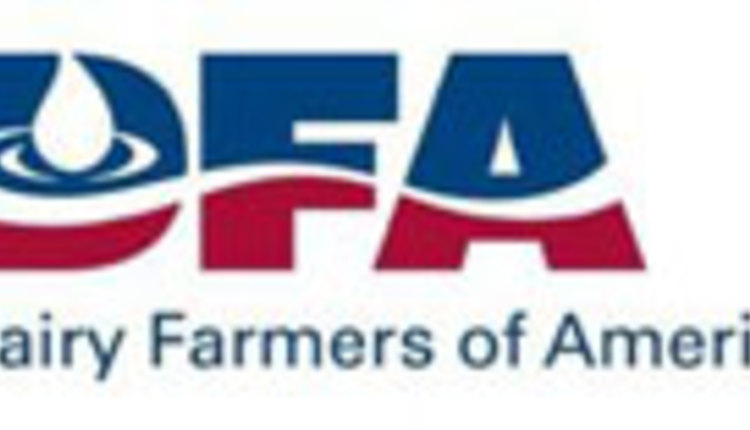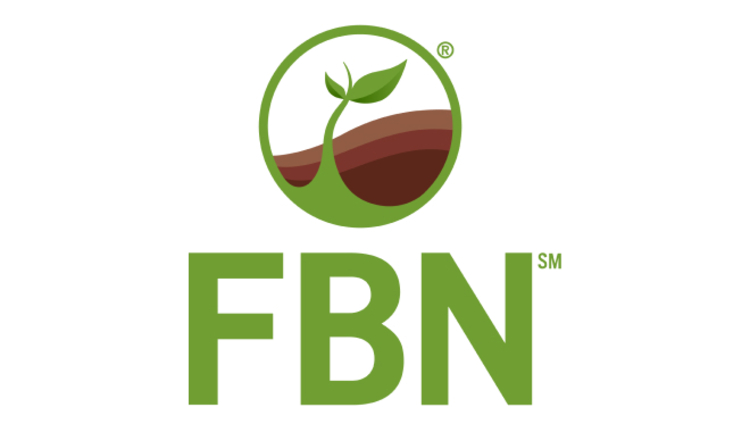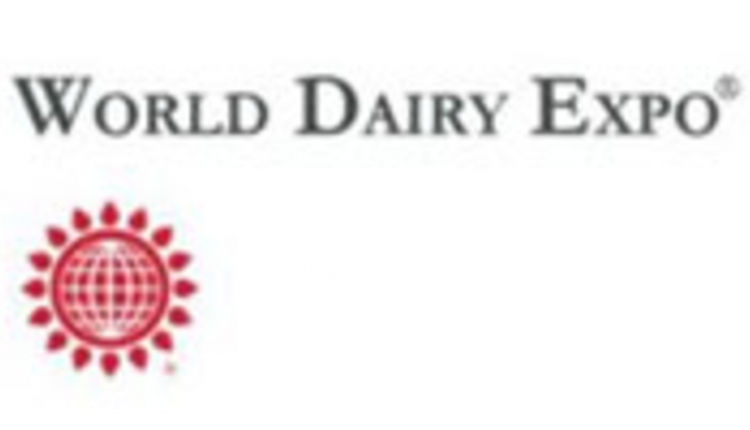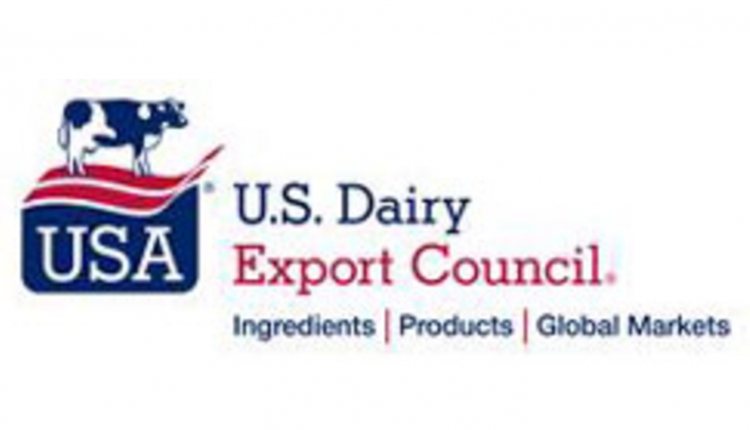The information below has been supplied by dairy marketers and other industry organizations. It has not been edited, verified or endorsed by Hoard’s Dairyman.
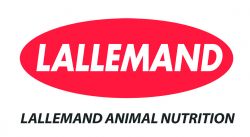
Feed palatable silage
As wild yeasts grow and raise the pH in silage, molds and other opportunistic spoilage microbes (bacilli, listeria, enterobacteria, etc.) can begin to appear. By the time you see mold growth, aerobic spoilage is well advanced and significant losses have occurred.
As the silage is fed, molds may be found in hot spots where there is air (oxygen) present. This is typically in poorly sealed surface layers; corners or shoulders of ensiled forages; or where pockets of air were trapped and packing was inadequate. Some molds can produce mycotoxins under certain circumstances.
To minimize spoilage, feed out at a rate fast enough to avoid heating and discard all moldy silage. For future harvests, producers can use an inoculant containing the high dose-rate Lactobacillus buchneri NCIMB 40788, found in MAGNIVA® Titanium, to help improve the aerobic stability of silage if heating is a consistent challenge.
During summer, always select the most digestible forages and strive to maximize inclusion of forage neutral detergent fiber (NDF) within the appetite limit of each pen for lactating cows. Check the particle size distribution profile using a Penn State Forage Particle Separator to confirm the distribution is within guidelines.
Prepare the rumen
Adding an active dry yeast (ADY) probiotic — like LEVUCELL® SC, or Saccharomyces cerevisiae CNCM I-1077 — can optimize rumen function, improve digestive efficiency and increase fiber digestion in lactating dairy cows. Probiotics are especially helpful for producers experiencing health challenges as a result of heat or other stressors.
Feed and water management
A top priority is ensuring water is readily available and clean. Check water trough refresh rates; ensure lactating cows have access to a minimum of three inches of linear trough space per lactating cow; and clean the water troughs at least once per week.
Producers can feed twice daily to help maximize intakes. Ideally more of the total mixed ration (TMR) should be offered at the coolest part of the day — around 8 p.m. to 8 a.m. Also ensure the forage component cannot be sorted out and perform regular TMR push-ups to encourage access and feed intake.
Prioritizing basics can help minimize the effects of heat stress and keep performance high year-round.
